Back to the future in the world's first VW ID. Buzz camper
Photo Mia Elfverson
Simon Heptinstall gets his hands on the first camper conversion of VW’s new electric van.
If I leave here tomorrow, will you still remember me?
Yes, I’m planning another crazy driving detour. A VW ID Buzz campervan has just been delivered to my house. A newspaper editor has asked me to write about it and there’s just delivery mileage on the clock.
I’m strangely excited by all this and am determined to embrace the wild-camping, hippy-surfing, campfire-strumming, bandana-and-sandals vibe that the words ‘VW Campervan’ still conjure up.
The vehicle is a pioneering conversion of the standard VW ID Buzz minivan by Sussex-based Love Campers. It is destined to join the fleet of Brighton’s Wild Drives holiday hire company. Surely this will be the all-electric-emissions-free save-the-world VW campervan for the green generation?
I reckon the nearest Freebirding all-night beach-party spot is the Gower Peninsular in South Wales. So I quickly swap my neat M&S shorts for some torn old ones from the back of the cupboard. I don’t have a bandana, will my old straw hat do? Yeah man, I’m cutting loose, heading on my freewheelin’ way.
Actually, despite its cute Beach Boy looks, the original VW Campervan was one of the least enjoyable vehicles to drive – with its huge, flat bus-like steering wheel, vague agricultural gears and pathetic engine. Then there was those weird bad-trip steering responses, no suspension to speak of and less visibility from the driver’s seat than you’d have sailing a yellow submarine through a sea of dissolved Beatles fans.
Anyway, talking about yellow… There’s not much mellow about this Buzz’s colour scheme of primrose yellow and white. It’s sort of cool, retro – and reminiscent of the inside of a chocolate egg.
But I’m really enjoying driving it. Like most electric vehicles, it’s smooth, swift and silent – and most importantly has a range of over 200 miles between charges. The 0-60 in ten seconds seems plenty fast enough when you’ve got a kettle sat on the shelf behind your head and a draw full of rattling cutlery.
The most remarkable feature of driving this new EV, however, is that so many strangers point, wave or stare. An apparently normal family in a car alongside at the traffic lights even give me the thumbs up.
None of this makes me skip the motorway for the scenic route through the Brecon Beacons though. I suffer the M4 westwards towards Swansea Bay because of the one brilliant bit when the motorway reaches a crest of a particularly dull bit beyond Bridgend and the whole glorious panorama of Port Talbot’s belching, flaming, fuming industrial seascape suddenly opens up in front of you, as if Ridley Scott was unveiling his fantastical set for filming Bladerunner.
This surreal overhead section of motorway curving above Penycae’s back-to-back terraces is one of the best sections of motorway, not just in Wales but anywhere.
I cruise along it noiselessly in an EV that wouldn’t look out of place in dystopian Los Angeles. A few moments later, in a traffic queue in central Swansea however I note an excited gaggle of schoolboys at a bus stop. They’re taking photos of the van with their smartphones. I guess they’ll edit me out of the shot later.
There’s not much of the wild camping spirit when I arrive at Gower’s well-organised Three Cliffs Bay Holiday Park campsite. A baseball-cap wearing staff member in a golf buggy leads the way to a pitch at the end of a row of other campervans.
“A much-tattooed stranger in a tiny vest approaches the van, slaps me on the shoulder and mysteriously asks: ‘Are you here now or is this the future, man?’”
Owners of Transits, Trafics and Sprinters nod approvingly as the Buzz rolls majestically past. Forget the flower power though, I soon fall in love with the cosy electrically-powered heated shower floors here. Wild camping for bare-foot hippies this certainly isn’t.
The next morning I’m cheered by a full fry-up on the van’s single electric hob. Eggs and bacon with a sunny view of the amazing Three Cliffs Bay while acknowledging admiring waves of everyone who passes is my best breakfast experience for ages.
Later I almost get a hippy camper experience when a much-tattooed stranger in a tiny vest approaches the van, slaps me on the shoulder and mysteriously asks: “Are you here now or is this the future, man?”
Whatever, the camping pitch has an ordinary electrical socket, so the Buzz needs to be plugged in for 12 hours to charge back up to an 80% level overnight.
Its eco credentials include a small solar panel on the roof to (slowly) recharge the second battery to power a useful small fridge and hob. Interior panels are insulated with natural sheep’s wool, while the bedding and furniture are supposedly made from bamboo.
There’s a sink with a 20-litre water canister and all sorts of extras like pans, kettle and cutlery are included. Pay a little more and you’ll get folding table and chairs, a travel toaster and a portable toilet with its own tent. I’m glad I get to experience those heated floors in the toilet block instead.
Note that if you’ve never tried an original VW Camper you’ll find it looks more spacious and charming from the outside. Inside, you can’t stand up so you have to cook and wash-up sitting down. And that feels rather strange.
The Buzz sleeps two, has a range of at least 200 miles – and if you can find a fast charger will charge to 80% in 30 minutes. It can now be hired from WildDrives.co.uk from £150 a night.
My grand Gower finale is an attempt to embrace the campervan ethos and deal with a chilly sea breeze. I collect a pile of driftwood and spend the evening with a bottle of Aldi wine around a good old fashioned crackling campfire.
Sadly, in retrospect I suspect the hours of damp wood smoke probably cause twice as much pollution as I’d originally saved with the electric journey there.
Words Simon Heptinstall Twitter | Instagram

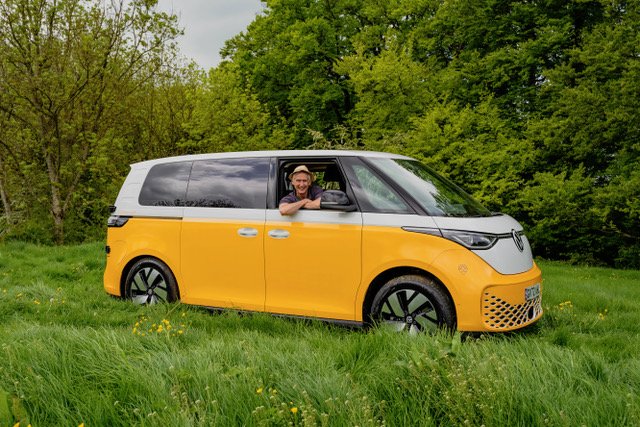
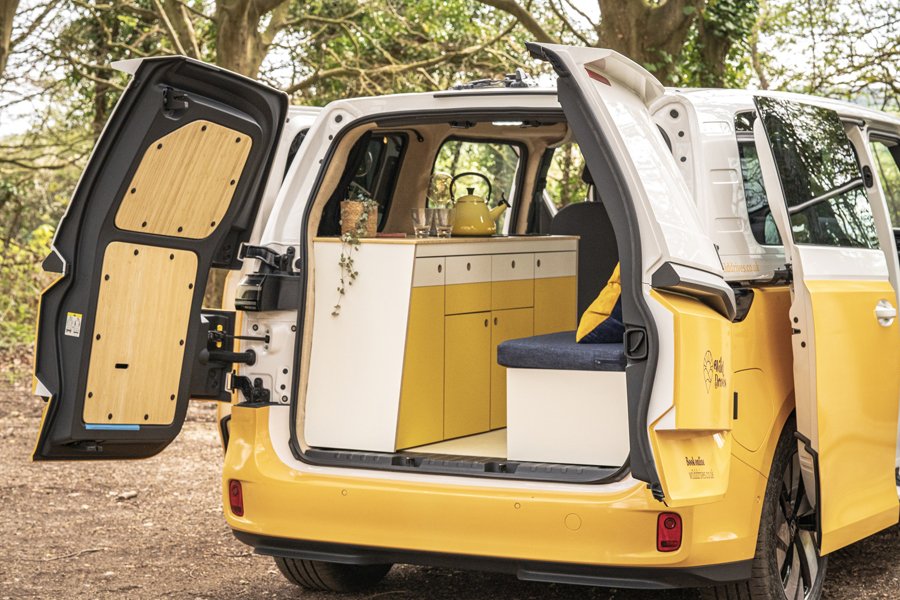
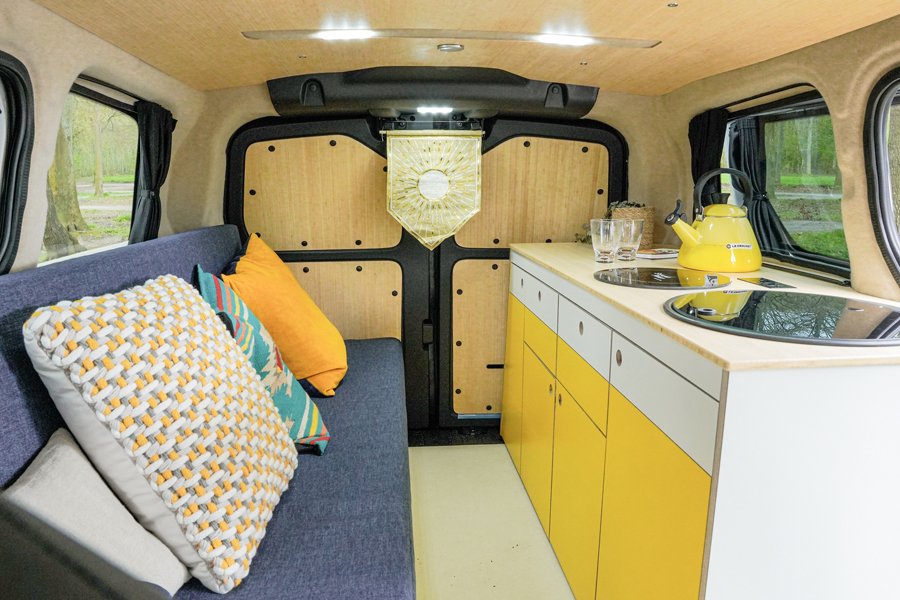








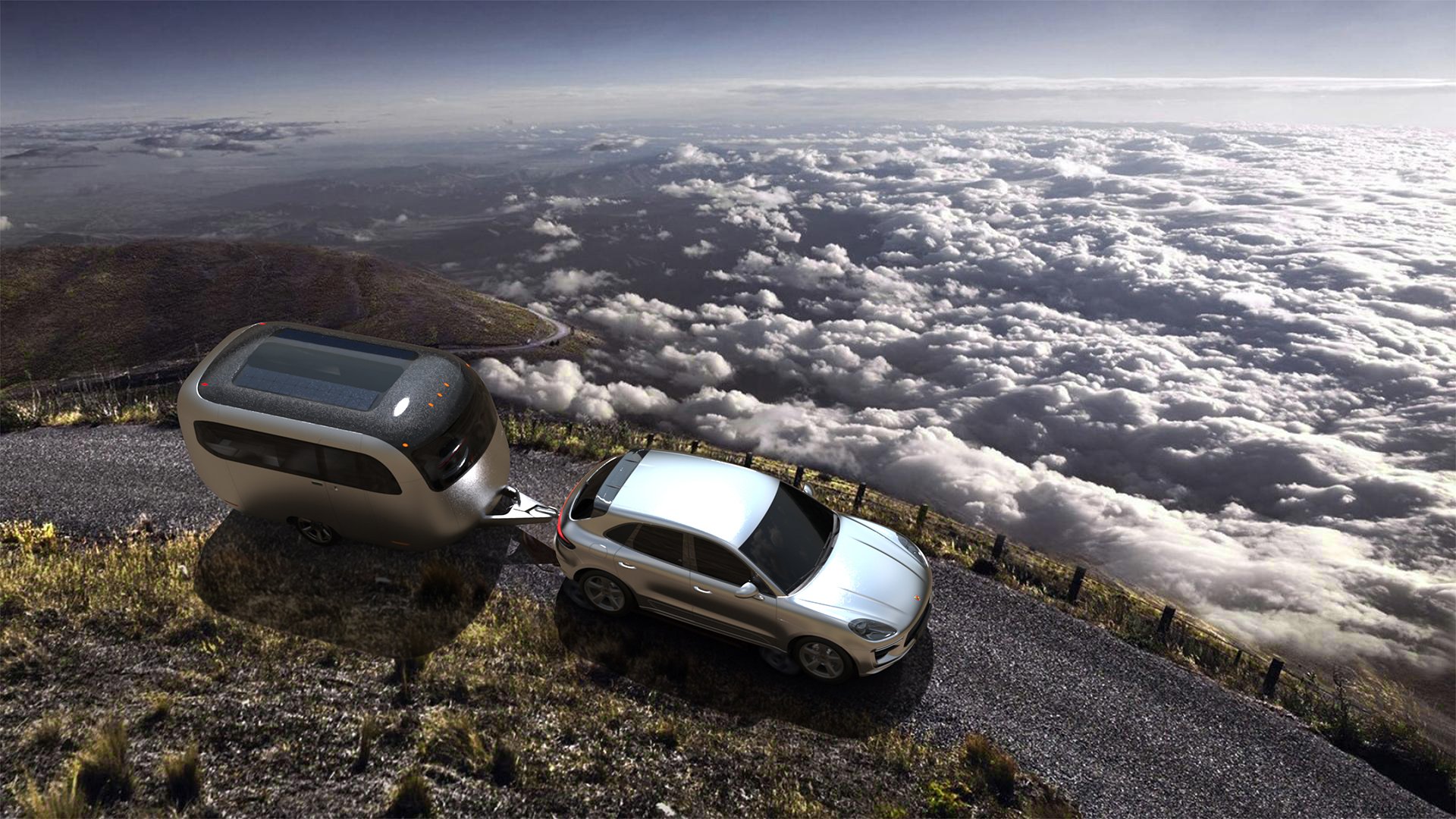
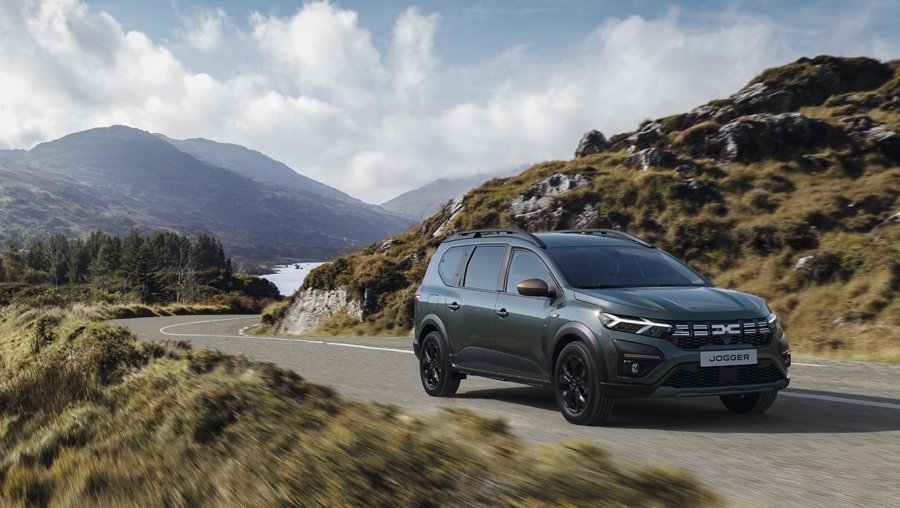
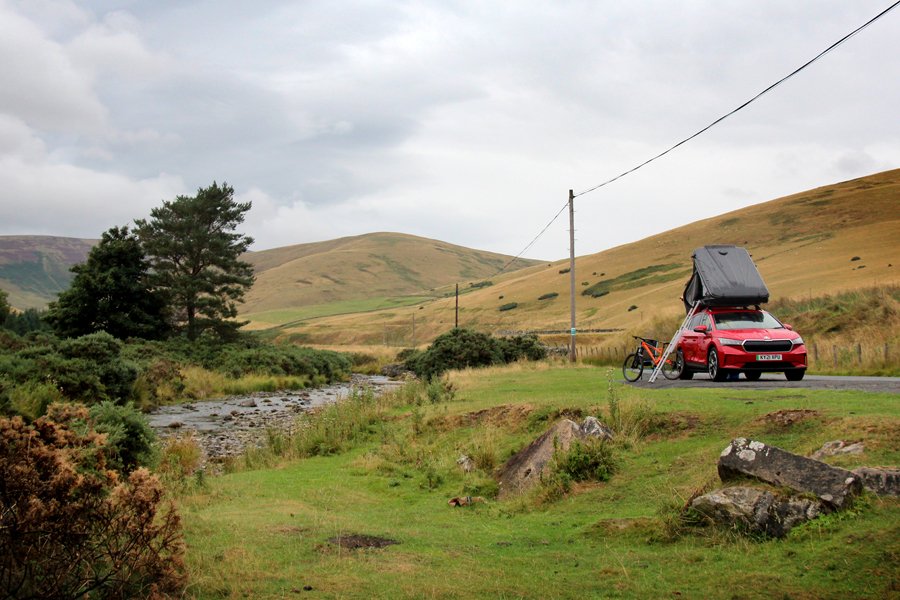
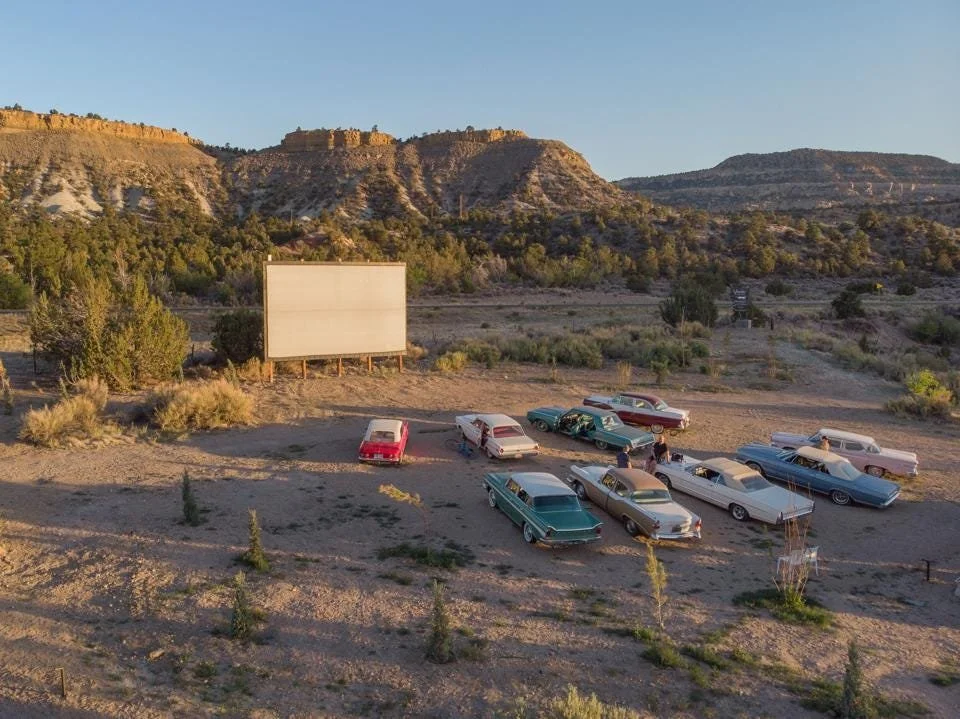

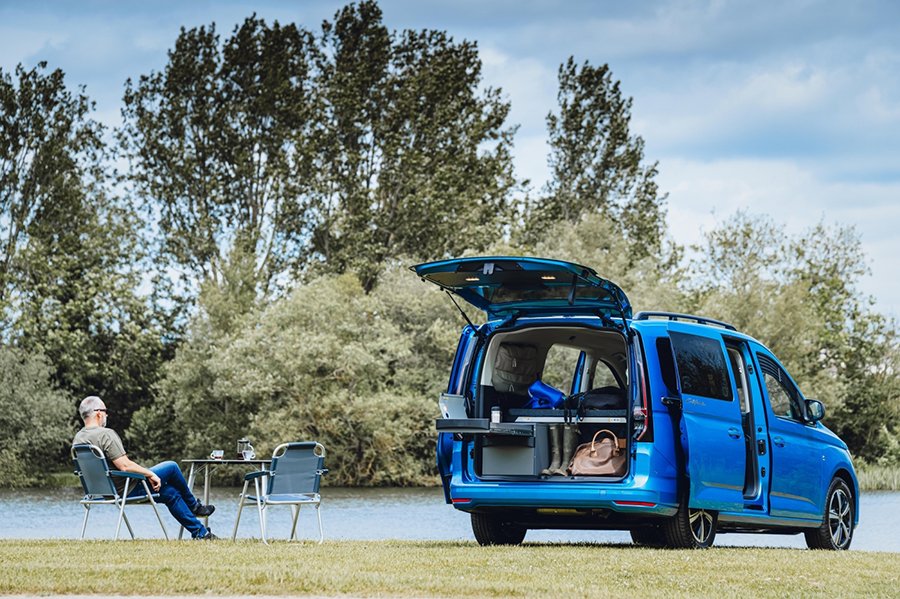



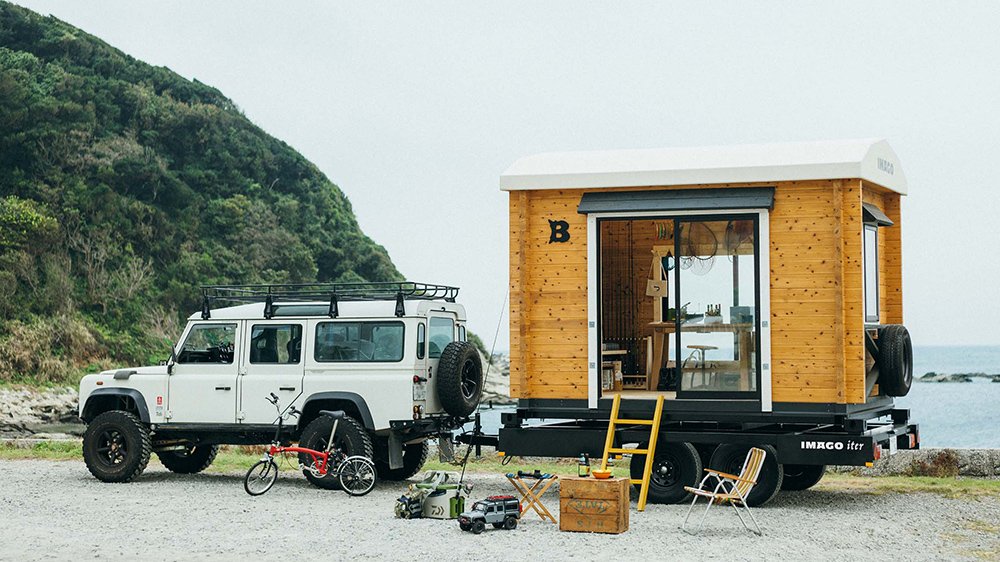









We hoped it would happen and now the amazing all-terrain tour bus from Mount Etna is going camping.